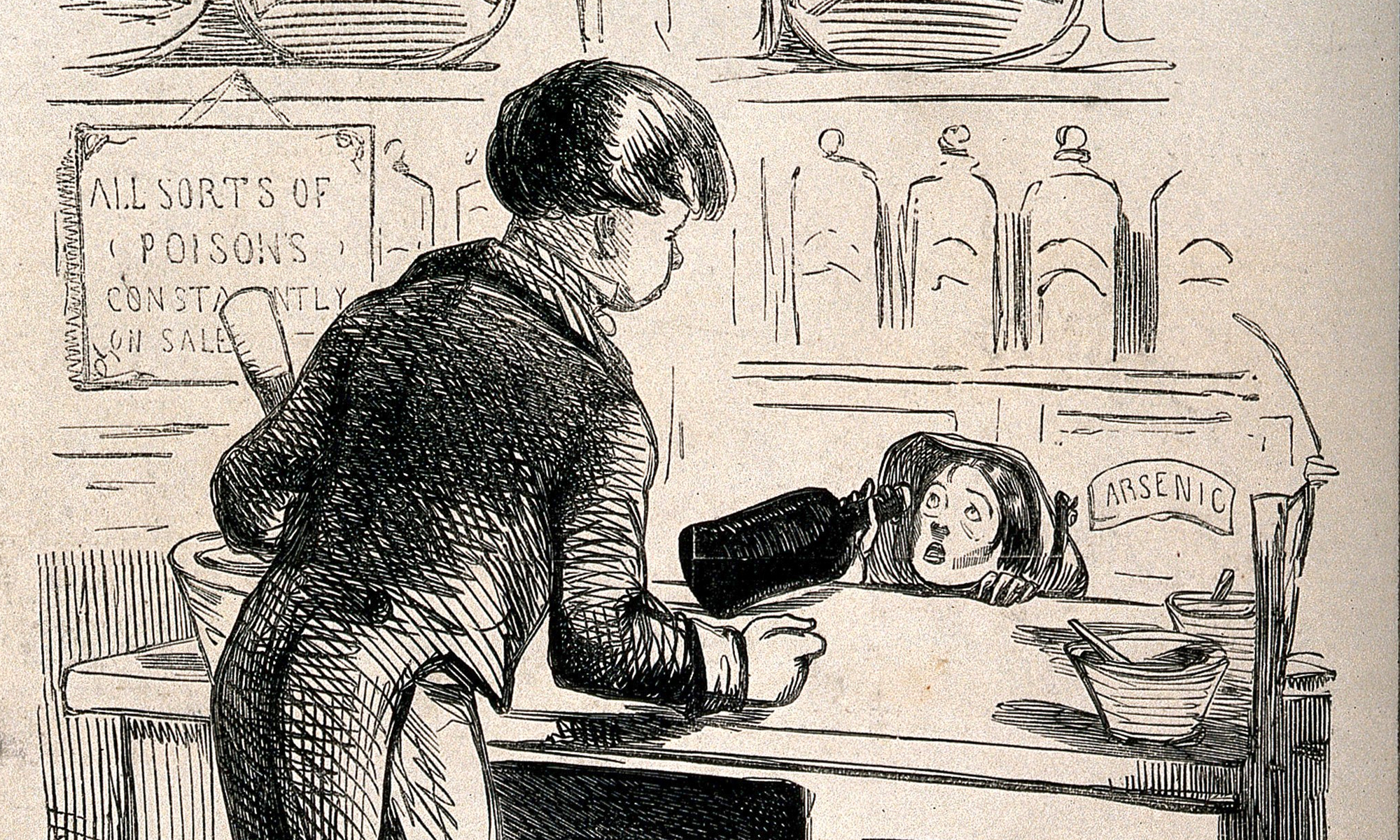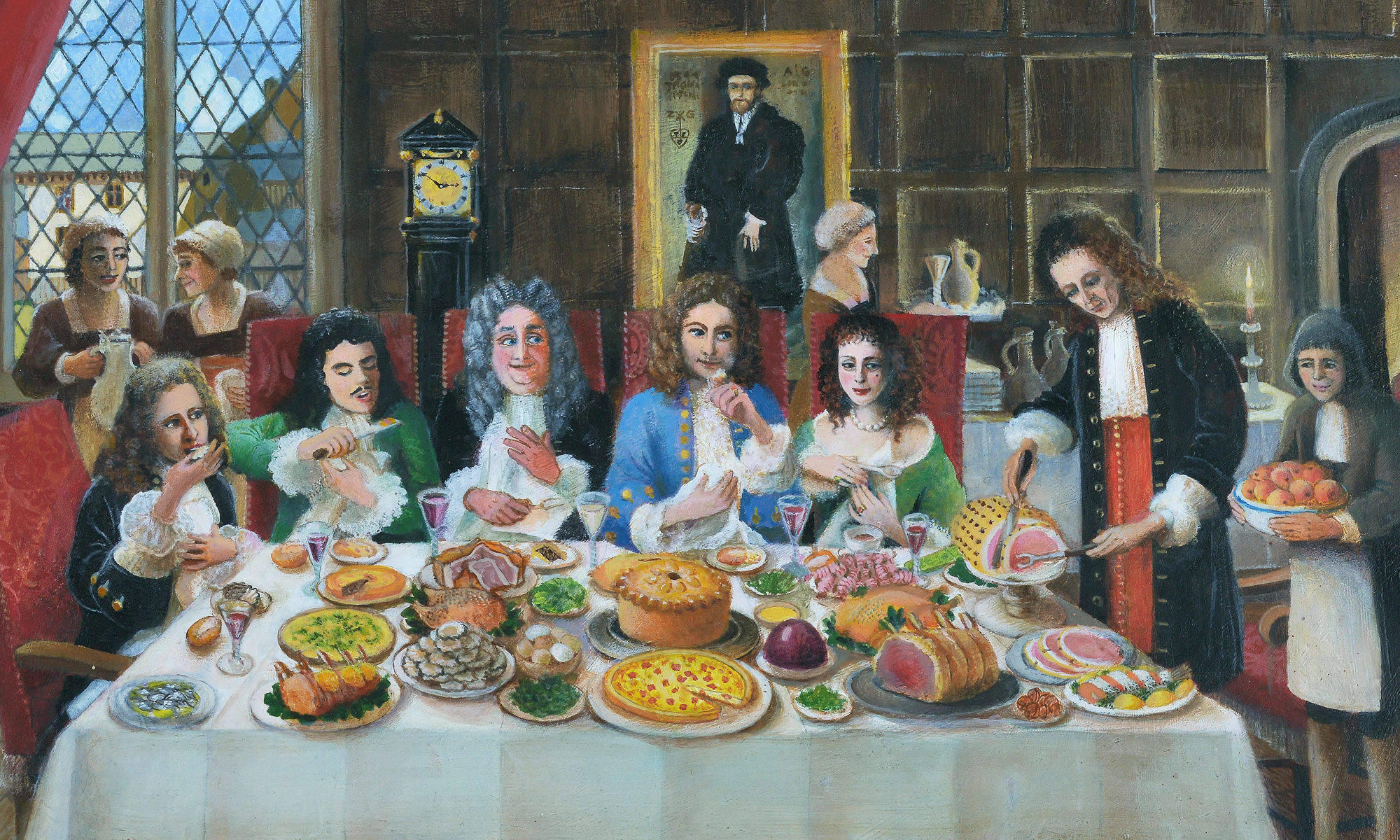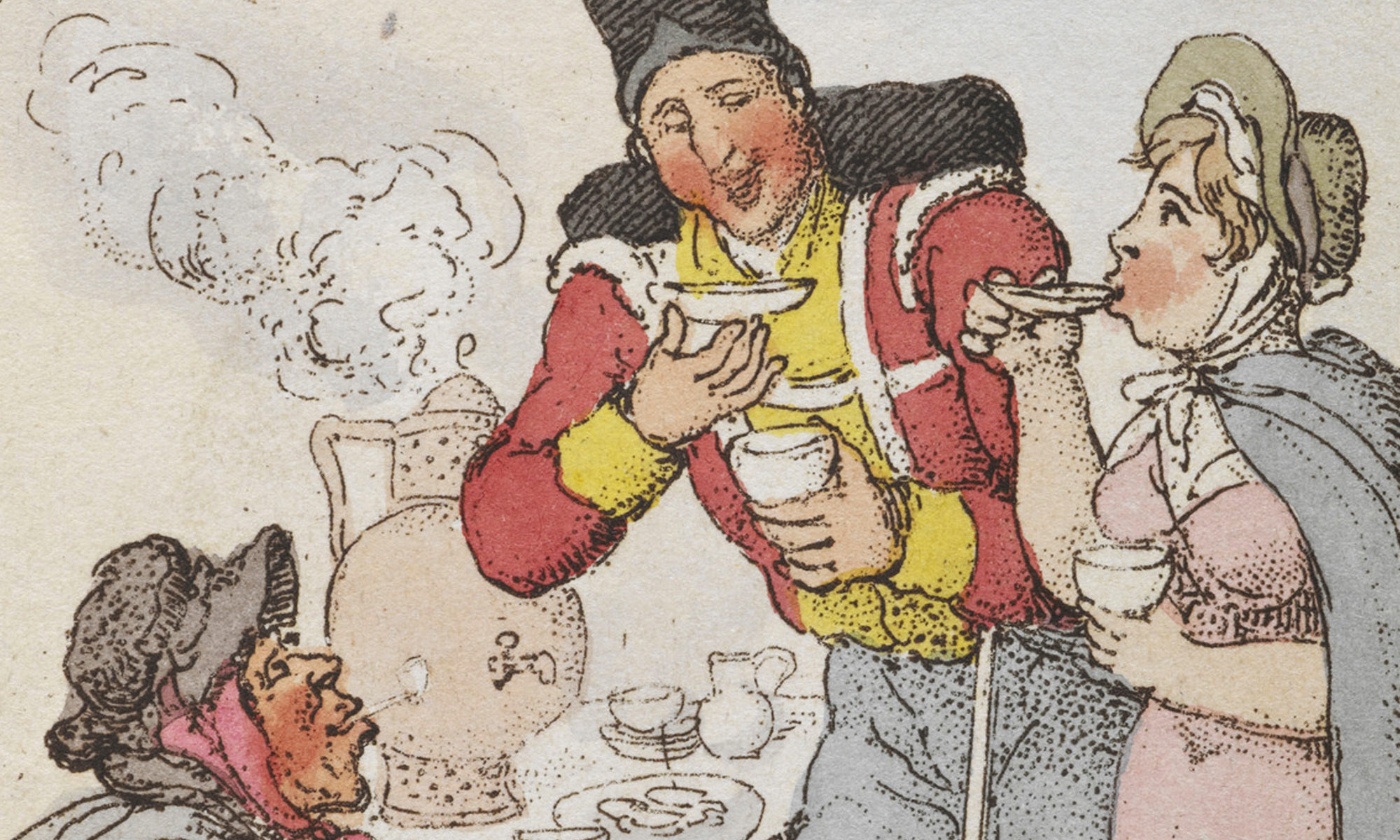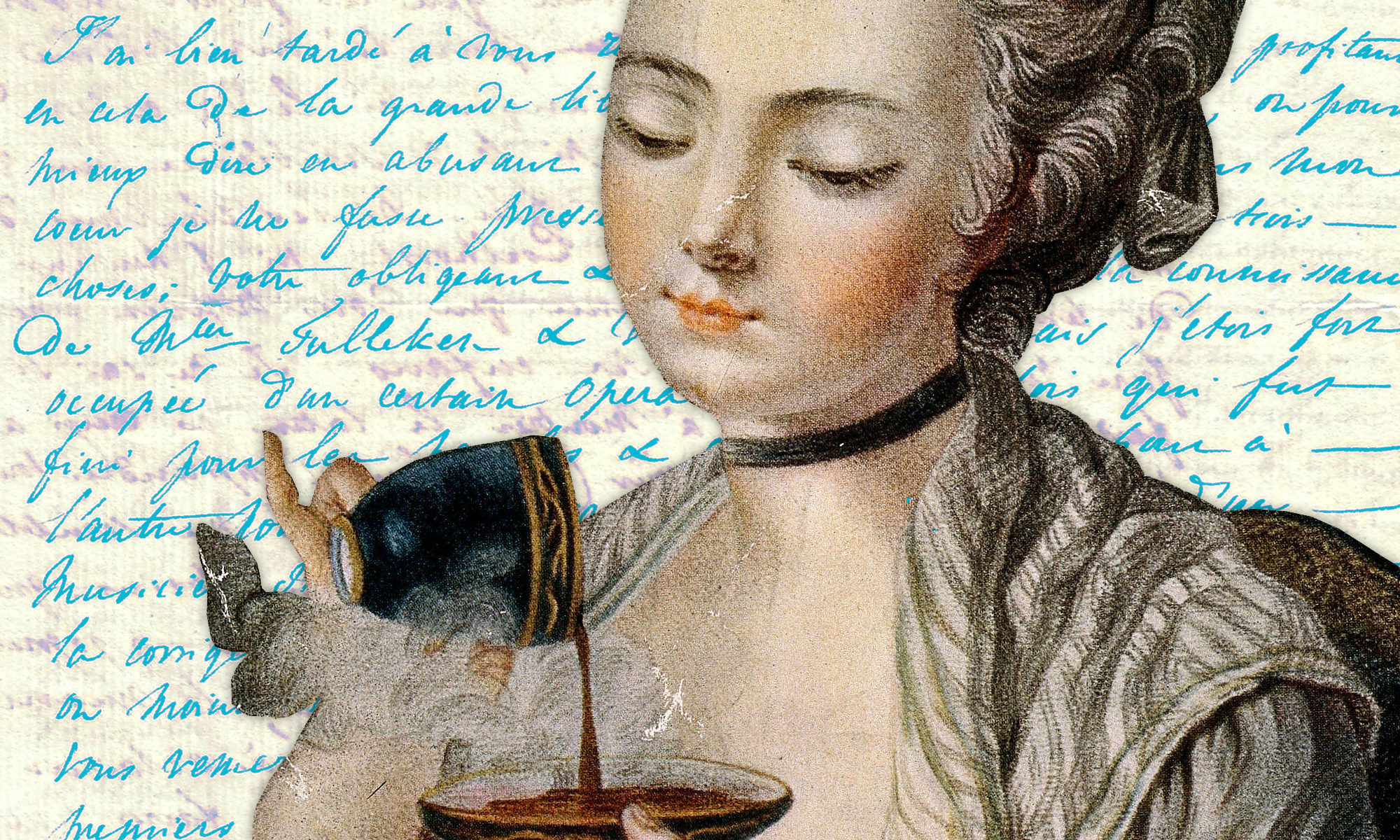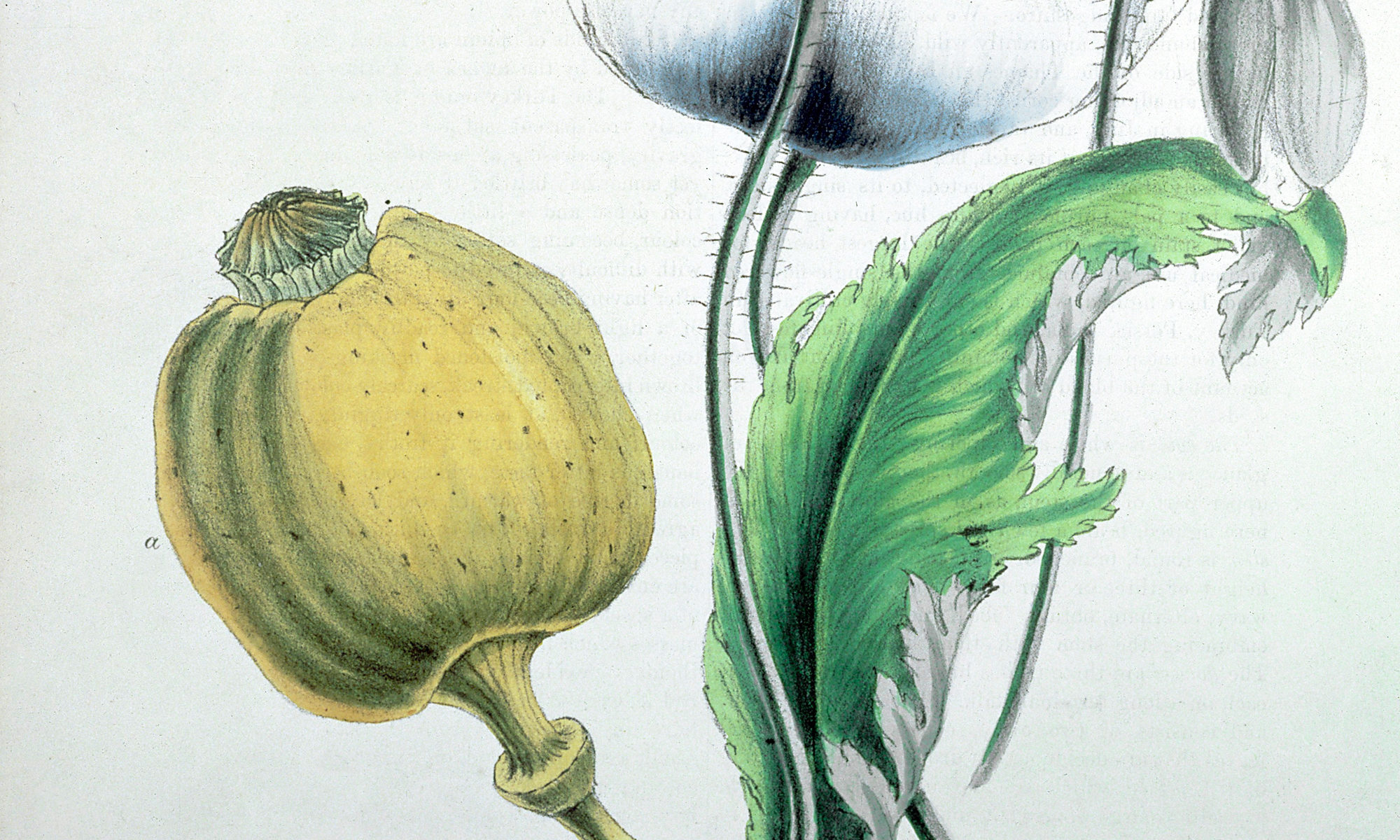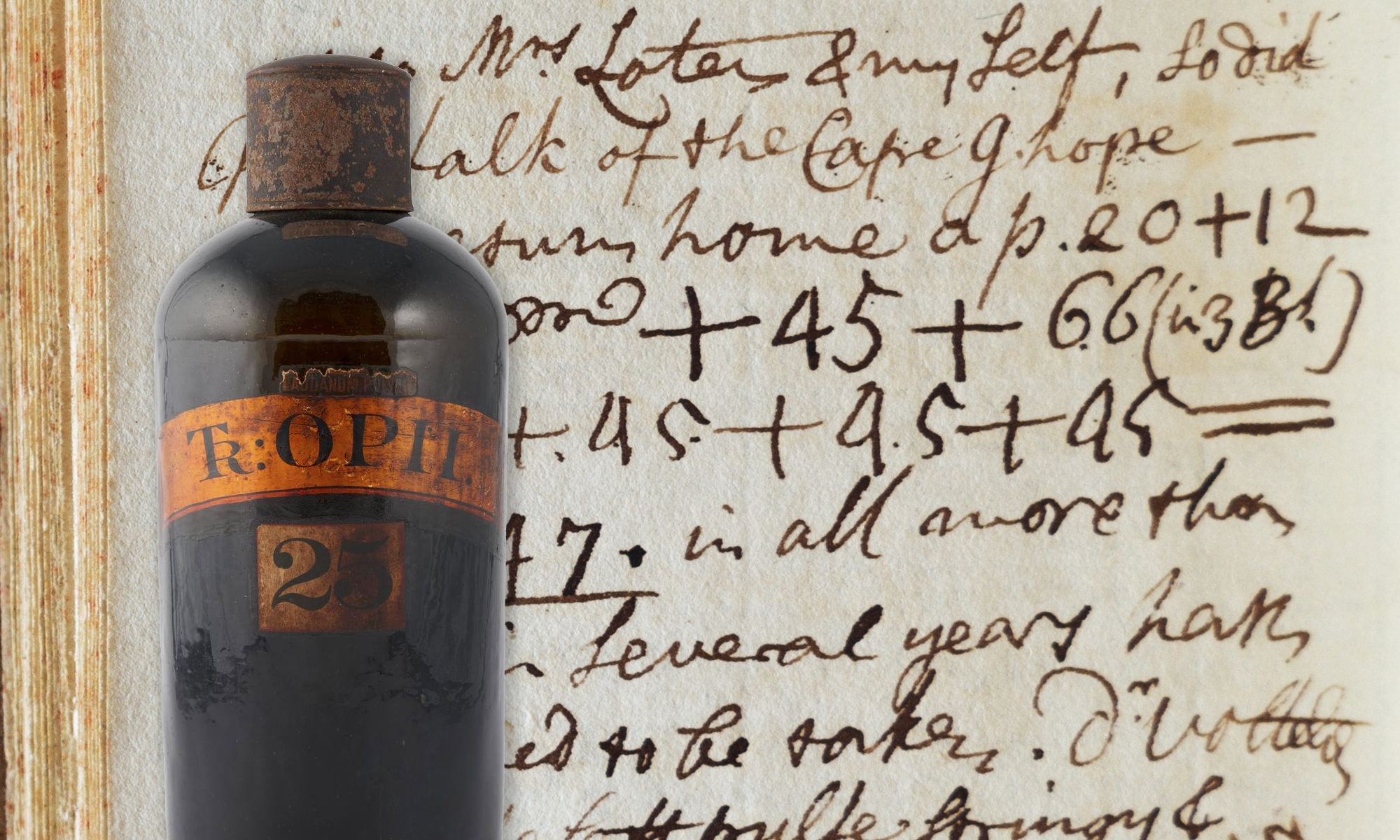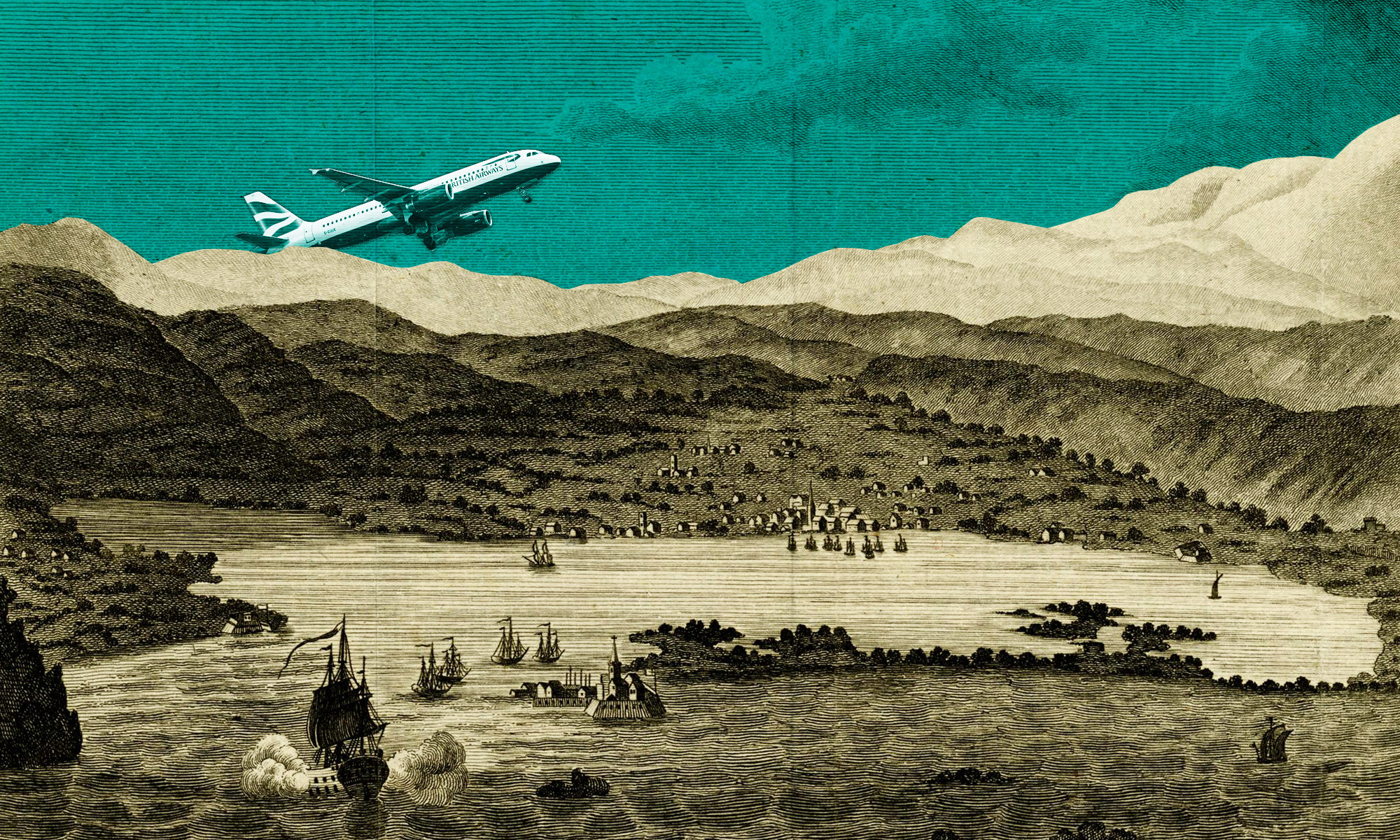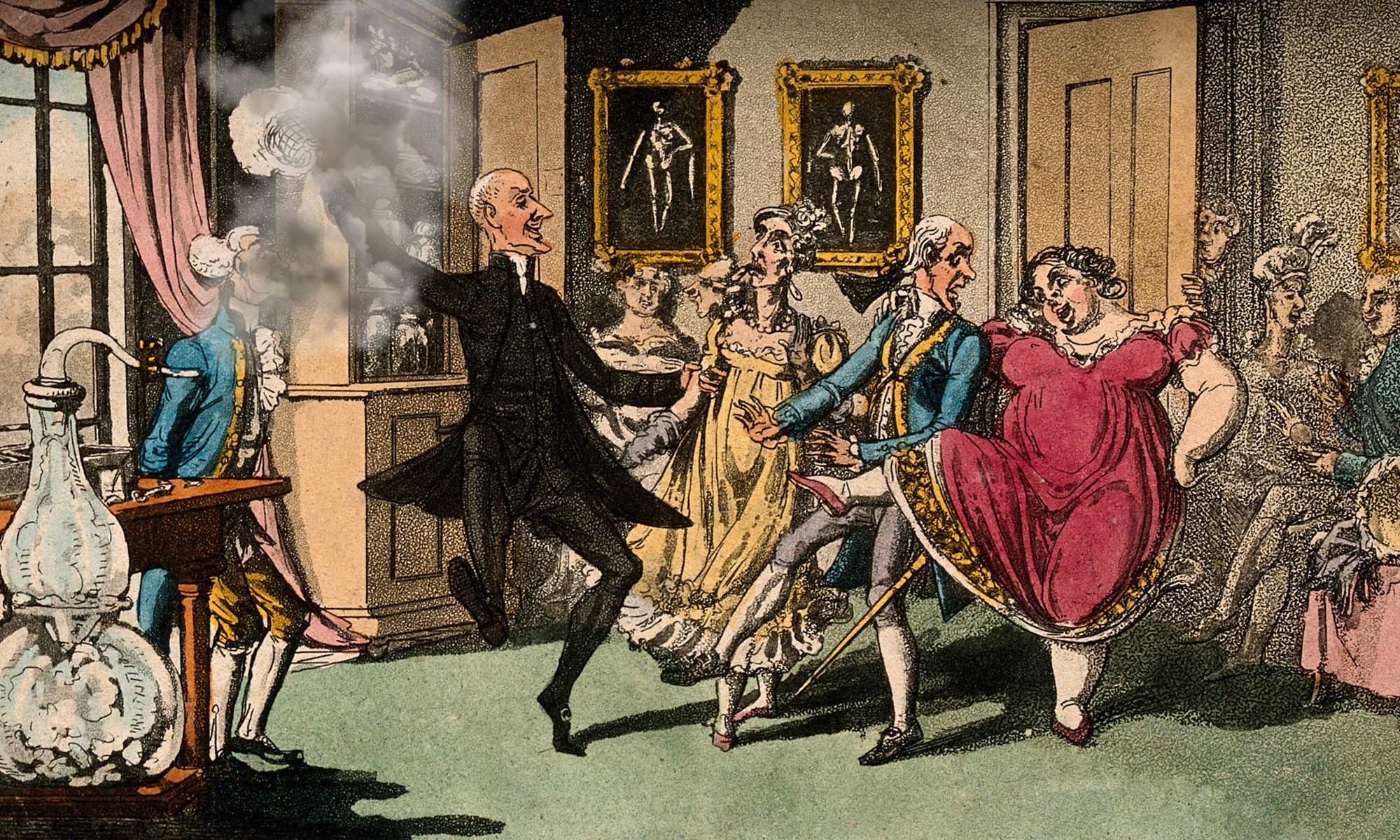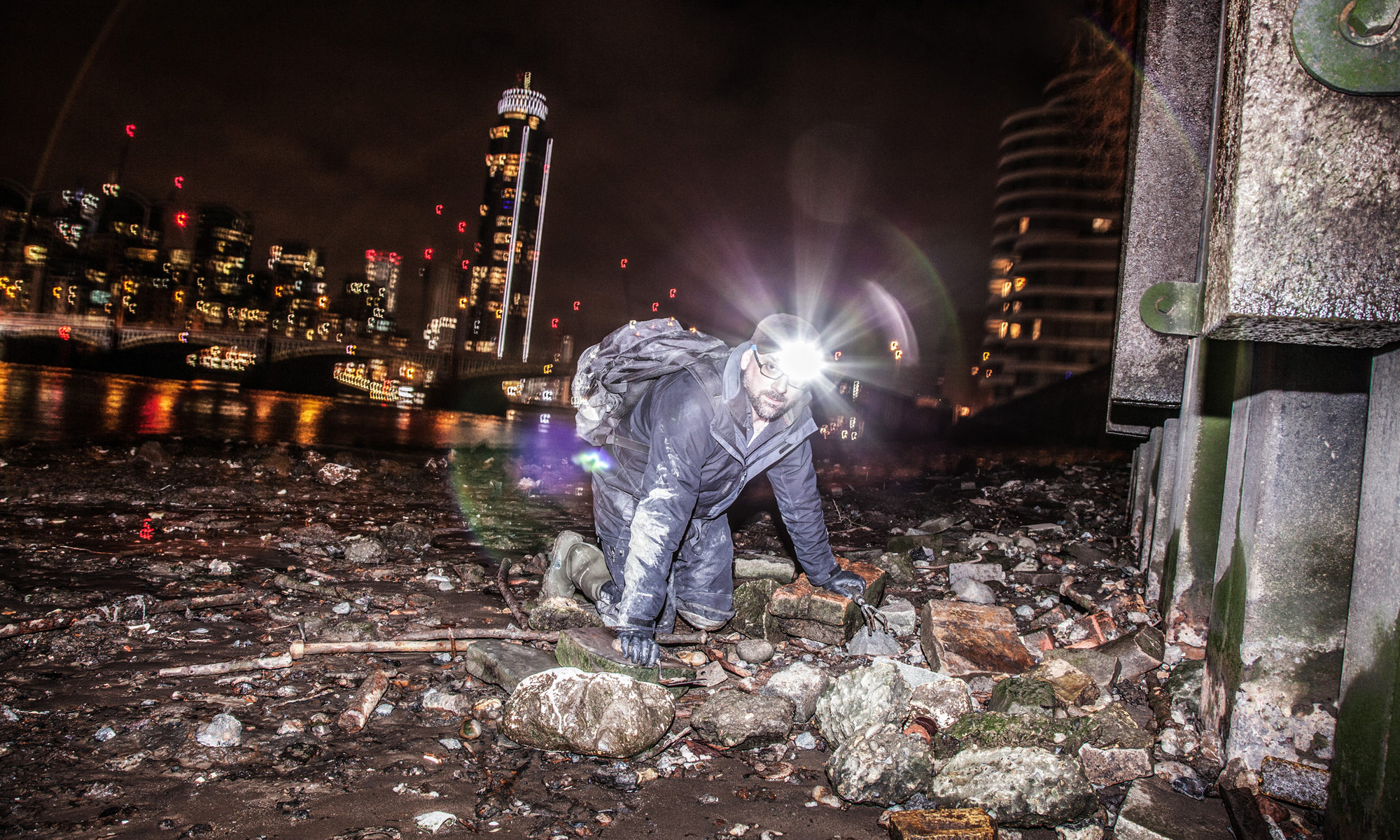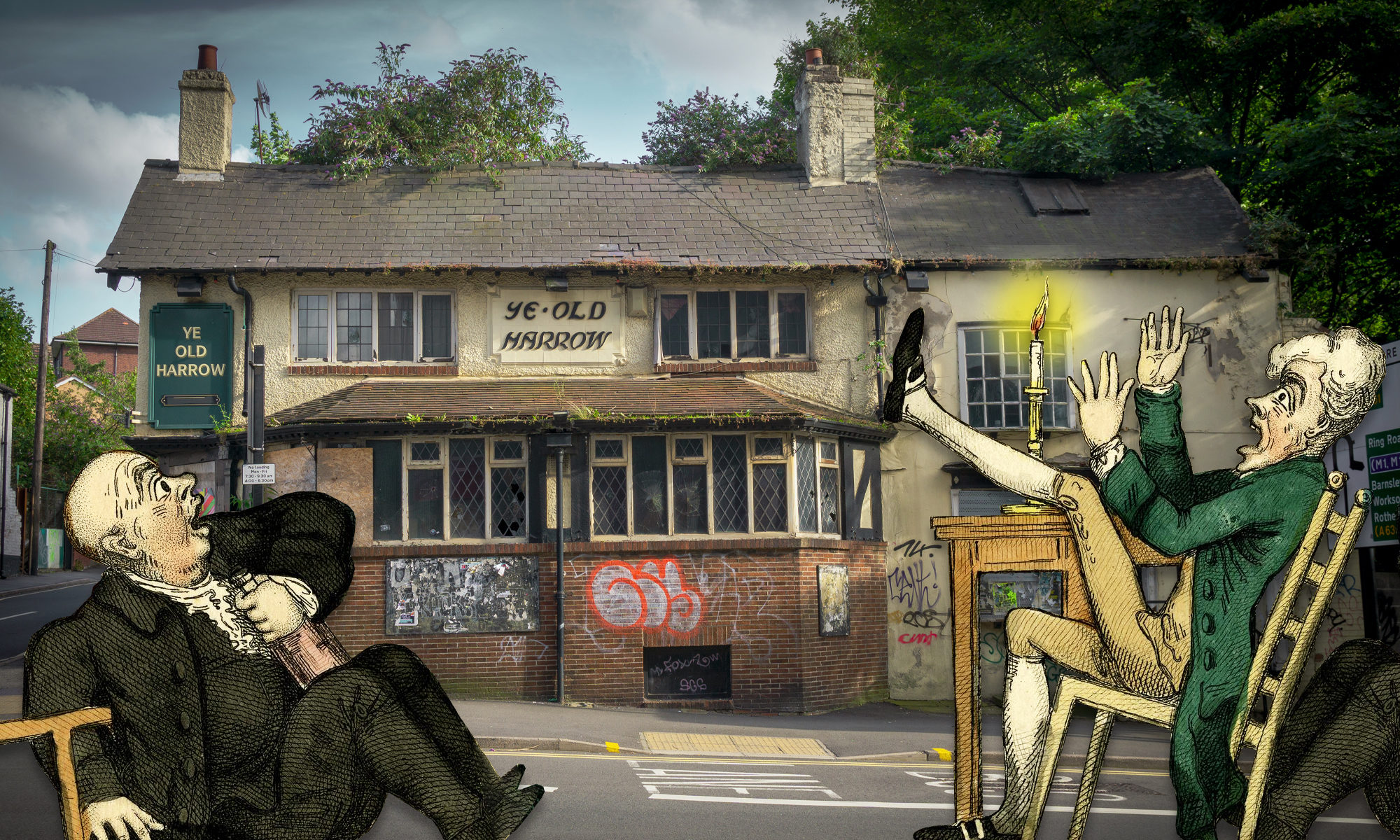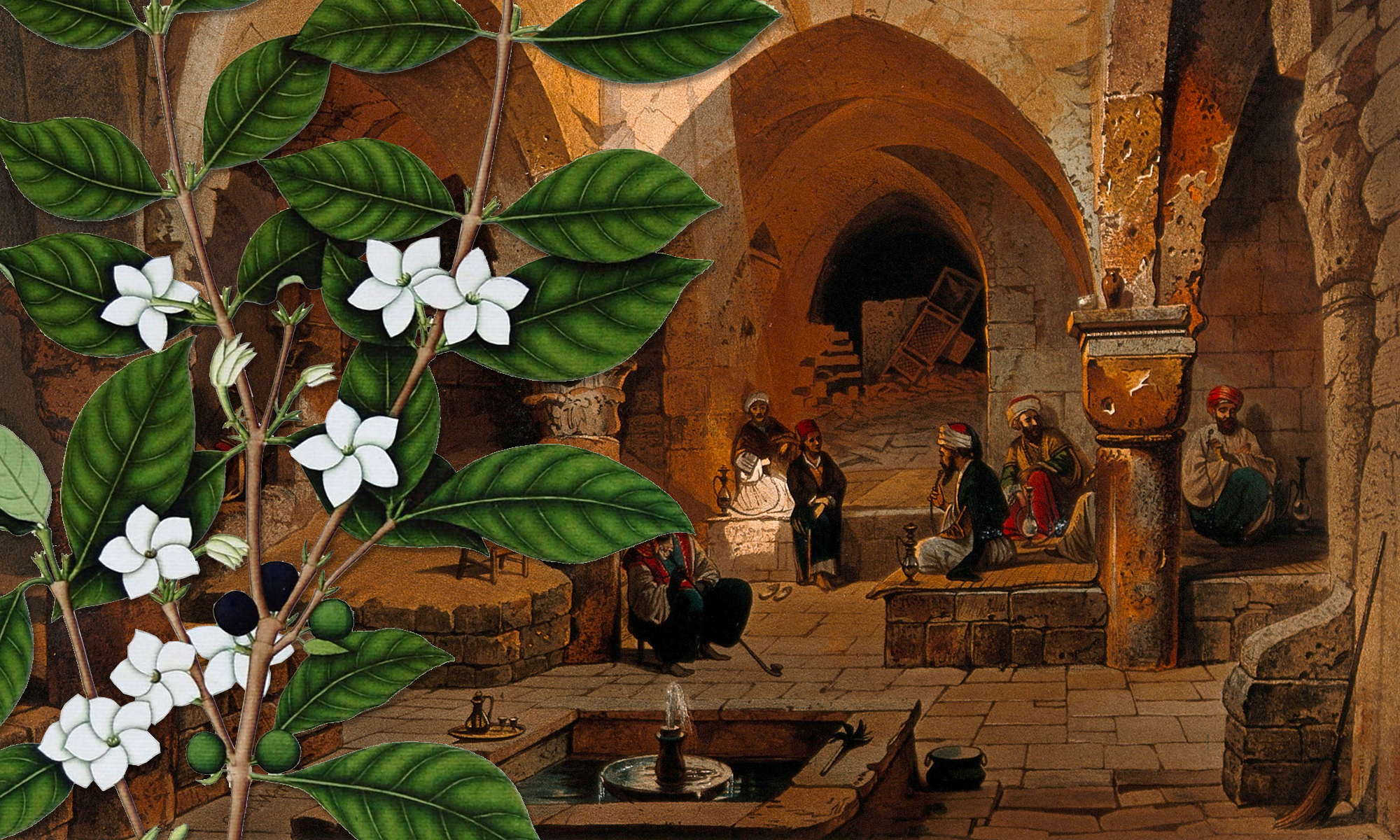The word ‘intoxicant’ has a central place in this project, as in wider scholarship. But what does the term really mean, and why do historians use it so regularly? Intoxicant is mainly used mainly to describe products which intoxicate – that ‘fuddle or make drunk’, or that artificially alter one’s physiological or neurological state. As Phil Withington and others have argued, whereas alternative words like ‘drugs’ possess strong ideological connotations pertaining to modern society and are more limited in what they evoke (mainly classified substances), intoxicant is a broadly encompassing neutral term, making it useful for describing and investigating a host of present-day consumables in different historical contexts. Usually, as in the Intoxicating Spaces project, scholars who talk about intoxicants refer to a familiar range of narcotics such as alcohols, coffee, opium, tea, and tobacco. Most of these commodities became popular from the early seventeenth century onwards as a consequence of increasing global trade and colonialism.
Getting to the Root of It: Saloop in Early Modern London
After a long night of ‘frolicking’, which included plenty of drinking, the friends George Price and Samuel Plumpton continued their evening with a hot dish purchased from a stall. In many ways these actions seem familiar, almost like grabbing a coffee at the end of a night out. Yet the thick, creamy concoction they stopped for, saloop, is probably unfamiliar. Originally made from powdered orchid roots, the dish was imported from the Ottoman Empire, arrived in the late seventeenth century, and flourished on London’s streets at the turn of the eighteenth century. However, by the late nineteenth century, the drink had faded into obscurity, forgotten from history books, and often discussed as no more than a passing fad. Yet despite its brief lifecycle, saloop provides unique insights into the relationship between the consumption of new exotic goods and the space and routines of the early modern metropolis.
Continue reading “Getting to the Root of It: Saloop in Early Modern London”
Narcotic Letters: New Intoxicants in the Correspondence of Isabelle de Charrière
Private correspondence, in which there has been a recent surge of historiographical interest, is one of the richest sources we have for recovering and reconstructing the day-to-day consumption of new intoxicants by historical actors. The letters of the eighteenth-century novelist and essay writer Isabelle de Charrière, better known in the Netherlands by her maiden name Belle van Zuylen, are a very nice example.
Continue reading “Narcotic Letters: New Intoxicants in the Correspondence of Isabelle de Charrière”
Worlds of Opiates Webinar
The project rounded out 2021 with a ‘big bang’ in Amsterdam, when work on opium by our Utrecht research team was translated into a unique project in public space: Worlds of Opiates, a pop-up exhibition co-created with artist Corne van der Stelt, Het Uitvindersgilde, and Poppi, a start-up drugs museum and social enterprise. Visitors to the show walk through an immersive field of giant 3D poppy flowers, and discover the many attributes of the most powerful flower known to mankind. Interactive elements tell stories about opium, laudanum, heroin, and painkillers, the same substance in different guises eliciting different societal responses.
Loten’s Dagwyser (1783): A Notebook of a Reluctant Dutch Opium Eater
In Utrecht University Library there is a Dagwyser, or almanac, for the year 1783, which formerly belonged to Joan Gideon Loten (1710–1789), a Dutchman, who had been Governor of Makassar [Sulawesi, Indonesia] (1744–1749) and Ceylon [Sri Lanka] (1752–1757) and who spent most of his career with the Dutch East Indies Company. The Dagwyser is a booklet covered by green parchment, a so-called ‘envelope book’. The entries in the almanac were written in his house in Drift 27, Utrecht, today the location of the university library. The notebook contains short entries nearly every day, mostly in English and Dutch. It contains notations about the people he met in town, who he visited, or who visited him and his wife. A keen ornithologist, he also recorded bird sightings, and noted thoughts and questions to himself.
Continue reading “Loten’s Dagwyser (1783): A Notebook of a Reluctant Dutch Opium Eater”
Intoxicants and Early Modern European Globalization: The Making of a Special Issue
This month and next, The Historical Journal will be publishing a special issue dedicated to examining the relationship between ‘Intoxicants and Early Modern European Globalization’. Co-edited by me and Kathryn James, the open access volume consists of an introduction and eleven case studies unpacking the spaces, practices, and material culture that characterised the production and consumption of intoxicants in Europe, the Atlantic, and South Asia between the sixteenth and eighteenth centuries.
Workshop Report: Drugs and Drollery
It was an honour for the Wellcome Collection to join Intoxicating Spaces and a group of eminent scholars for an online workshop that took place on 21–22 January 2021 on Modes of Persuasion: Humour and the Promotion and Control of Intoxicants Past and Present. The workshop was originally suggested by Angela McShane while she was head of Research Development at Wellcome Collection. It was a good choice of subject, as the humorous treatment of stimulants and narcotics by promoters and controllers is a significant theme in the Wellcome collections. The main aim of the event was to show how playfulness, levity, satire, and wit have historically been used to inform campaigns and communications around licit and illicit drugs.
Exploring London’s Intoxicating Spaces Through Mudlarking
The River Thames as it flows through London is tidal, meaning twice per day part of the riverbed is exposed for a few hours. This area, known as the Thames foreshore, is a rich archive of (among other things) the remnants of two millennia of the city’s relationship with intoxicants. From tobacco to sugar to opium, the river delivers evidence of how they were imported, refined, sold, and consumed, but it is an archive like no other.
Continue reading “Exploring London’s Intoxicating Spaces Through Mudlarking”
Beer, Wine, and Spirits: Reflections on Intoxicants and Ghosts
This spooky season, while holed up in an isolated farmhouse in deepest North Yorkshire, I’ve been thinking about the connections between intoxicants and ghosts, which haven’t been fully explored in the extensive academic literatures around either topic, but which seem to be many and various.
Continue reading “Beer, Wine, and Spirits: Reflections on Intoxicants and Ghosts”
CFP: Intoxicating Spaces: Global and Comparative Perspectives
An international conference organised and funded by the HERA research project Intoxicating Spaces: The Impact of New Intoxicants on Urban Spaces in Europe, 1600–1850, a collaboration between the University of Sheffield, the University of Oldenburg, the University of Stockholm, and Utrecht University.
Continue reading “CFP: Intoxicating Spaces: Global and Comparative Perspectives”
Intoxicating Spaces in the Time of Plague
In this brief vlog I discuss how we have responded as a research group to the challenges posed by COVID-19 and lockdown, and reflect on the historical relationship between pandemic, intoxicants, and public spaces. The film was shot in a safe and socially distanced manner on Devonshire Green and Division Street in Sheffield, and at Holy Cross Old Church in Whorlton, North Yorkshire.
New Intoxicants and Epidemics: Sugar and Tobacco in Hamburg’s Plague Medicine
In these trying times interest in past pestilences is booming, in particular in plague (and the Spanish flu), not least because there appear to be so many parallels between these diseases and COVID-19: home quarantine, face masks, and the Johns Hopkins mortality statistics website remind us of the red crosses on the front doors of shut-up houses, the ominous bird-like black costume worn by plague doctors, and weekly Bills of Mortality. Despite a horrendous mortality rate – historians estimate between 30 and 60 percent of the population – and the widespread belief that plague epidemics were divine punishment for godlessness and immorality, early modern societies and individuals actively worked to counter the plague (and illness more generally) by drawing on an arsenal of medical, religious, cultural, and political tactics and strategies. Continue reading “New Intoxicants and Epidemics: Sugar and Tobacco in Hamburg’s Plague Medicine”
